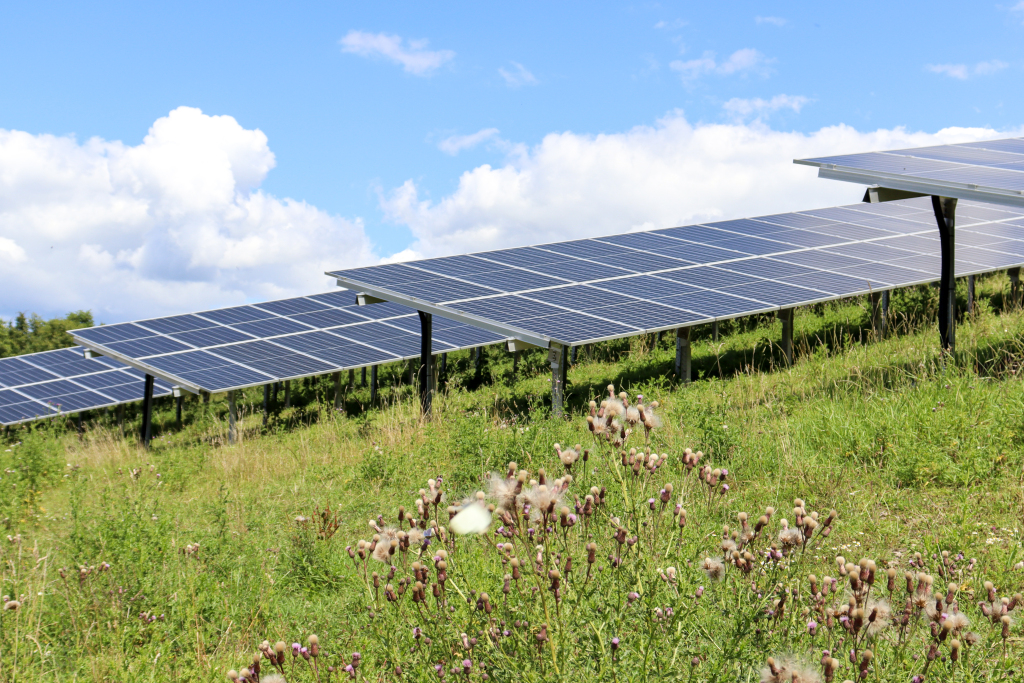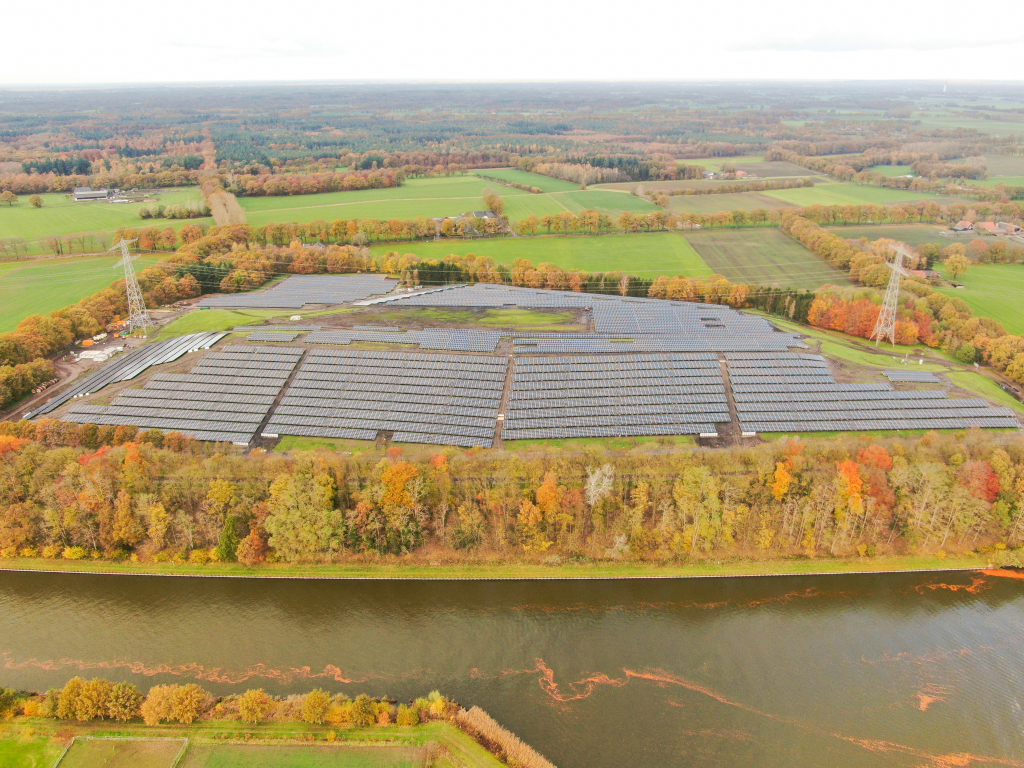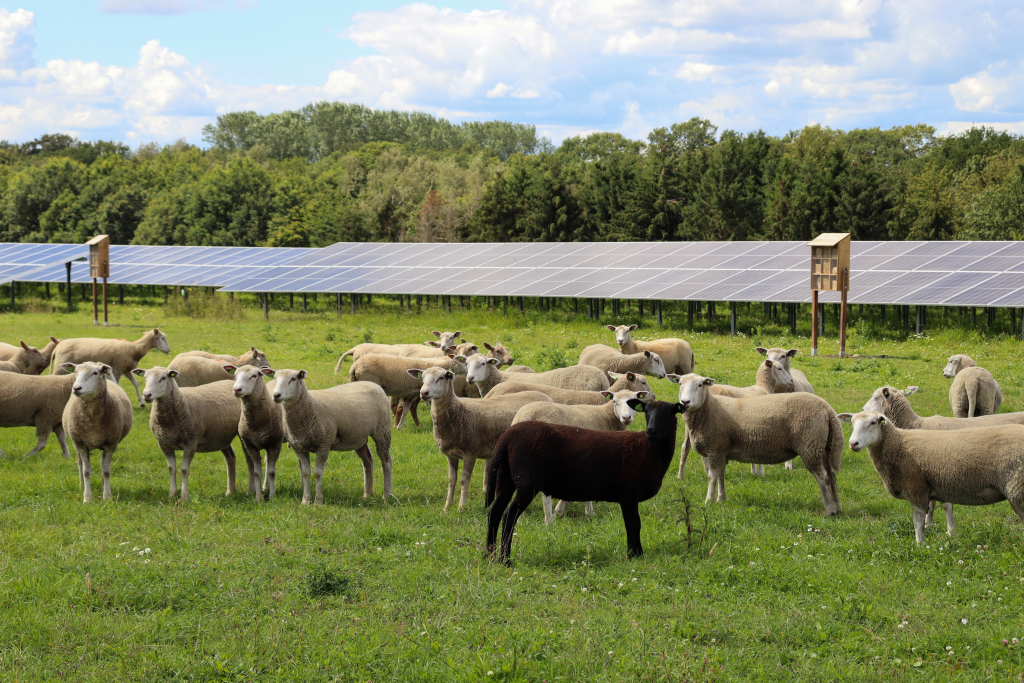The Municipality of Lochem has a solar park: Armhoede, a former landfill. The site was transformed by TPSolar into a solar park that generates 8.9 megawatt peak electricity with over 23,000 solar panels. Enough for the annual consumption of some 2,500 households. Construction of this first large-scale solar park in Lochem began in September 2019 and has now been completed. For TPSolar, this is the second project at a landfill site. Previously, we built a solar farm at Transberg landfill in Dordrecht.
Multiple use of space
A landfill is often seen as a suitable location for developing a solar park. After all, in this way, ‘useful’ use is made of land that was once a place to dispose of waste. The solar park on Armhoede is an example of clever use of space: generating sustainable energy on a former landfill. This is also called multiple use of space.
Environmentally conscious
Building a solar park on a closed landfill is a complex process. First of all, the landfill is covered with a number of layers. It is imperative that these layers remain intact, both during and after construction. This is the only way to prevent environmental contamination. On and under these covering layers, all kinds of pipes and facilities are installed to drain landfill gas and rainwater, to take periodic measurements, and to clean pipes. These facilities must remain accessible and must of course continue to function.
Technically complex
In addition, Armhoede is a “waste mountain,” rising more than 25 meters above the surrounding landscape. Installing panels on these sloping slopes in such a way that there is no risk of sliding was a technical challenge. An additional complexity was the TenneT high-voltage power lines that run across the landfill and the associated strict rules for construction work.
Opportunities for nature
TenneT’s high-voltage power lines also offer opportunities. Because no solar panels may be placed here, a green zone has been created below them. This green zone consists of large strips where flowery grassland has been planted. In addition, a total of 8 large bee hotels have been placed. In this way a habitat for the wild bee and other insects is created. This provides not only a varied food supply, but also sufficient opportunities for shelter, hibernation and reproduction. The (wild) bee is a measure of an area’s biodiversity. In fact, half of all 358 species of wild bees are endangered, while wild bees are essential for biodiversity and overall ecological health.
Participation
The surrounding area has indicated its desire to see as little of the solar farm as possible, so the surrounding greenery has been landscaped to minimize year-round visibility of the panels. For the management of Solar Park Armhoede, a long-term partnership has been established with a local landscaper. This gardener is also the direct neighbor of the solar park. On top of that, there is also a cooperation with a local shepherd. This cooperation ensures continuity for the business of this shepherd, because before the arrival of the solar farm he also grazed his sheep on the former landfill.



Contact
Do you have a question about solar park Armhoede? Please contact assetmanager Barry Lamers at barry.lamers@tpsolar.nl or 023 741 01 44

